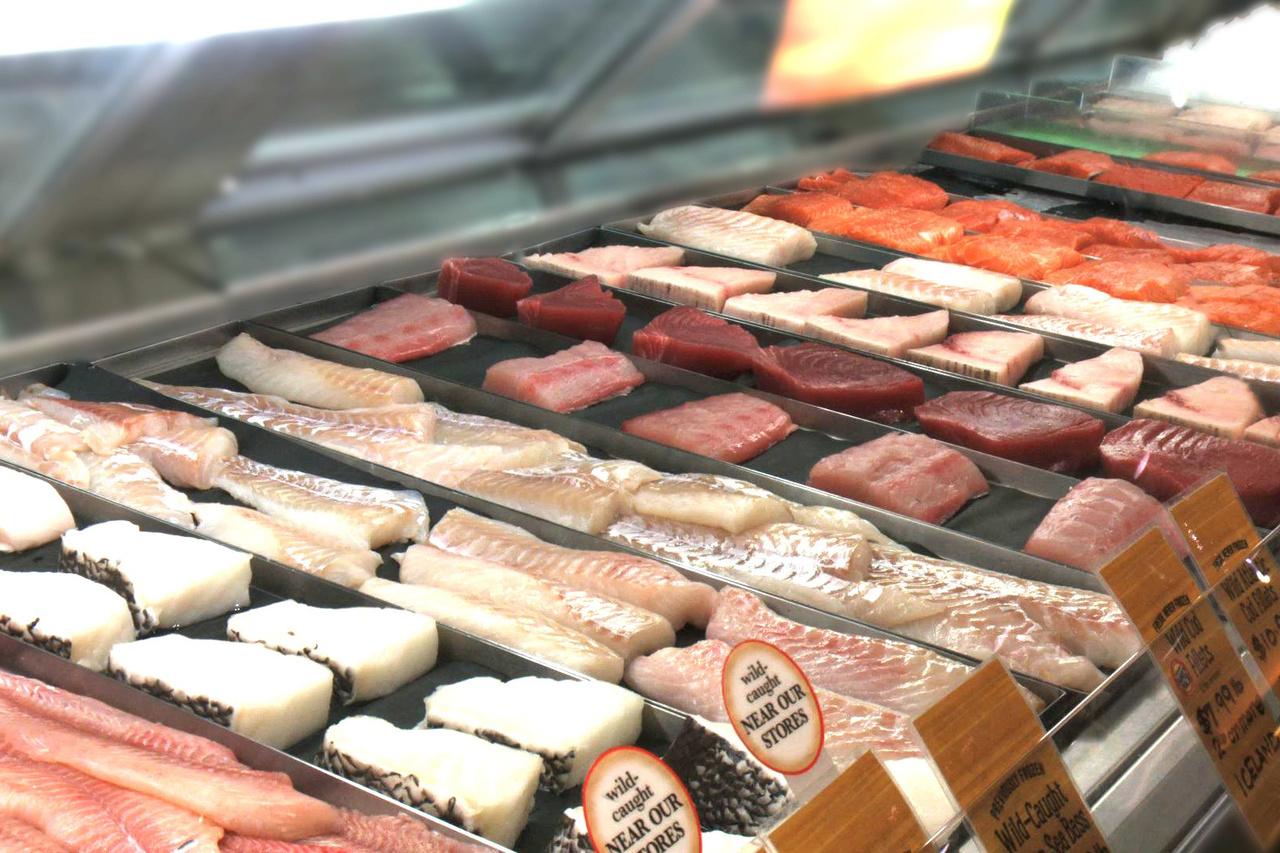
In the United States, sustainable seafood is not only a possibility, it’s our priority. Fish, shellfish, and marine algae are renewable resources—they can reproduce and replenish their populations naturally. That means we can sustainably harvest fish within certain limits without depleting their populations. Fishery management is the process of using science to determine these limits—catching some fish while leaving some to reproduce and replace the fish that are caught. The United States is a global leader in seafood sustainability.
Our global population is rising, but our global abundance of wild fish is not. Aquaculture, or farming in water, plays a critical role in ensuring that our need for seafood is met sustainably. It is a resource-efficient way of increasing and diversifying U.S. seafood production. The future of sustainable seafood must include both farm-raised and wild-capture seafood. Seafood farming, if done responsibly as it is in the United States, is increasingly recognized as one of the most environmentally sustainable ways to produce food and protein.
Read on to learn more about what sustainable seafood means in the United States and how we are working to support healthy fisheries and provide safe sources of seafood.
1. U.S. fishermen abide by some of the most rigorous environmental measures in the world.
The United States has a well-earned reputation as a global leader in sustainability. U.S. fisheries management is guided by several laws, including the Magnuson-Stevens Act, Marine Mammal Protection Act, and Endangered Species Act.
Learn more about the laws and policies that keep our ocean resources productive and sustainable
2. U.S. fisheries are managed under 10 national standards of sustainability.
These standards aim to prevent overfishing, protect other species and habitat, and minimize bycatch on non-target species. They ensure sustainable and responsible fishery management in the United States.
Learn more about the National Standards
3. Managing wild fish populations sustainably and keeping fishermen on the job is a dynamic process.
U.S. fisheries management is a transparent and robust process, based on strong science, responsive management, and enforced compliance. NOAA Fisheries works closely with eight regional fishery management councils, whose members represent commercial and recreational fishing, environmental, academic, and government interests.
Learn more about how we manage fisheries in the United States
4. Expanding aquaculture can stabilize and diversify seafood supply.
Aquaculture is a sustainable way to produce food, using fewer resources than other protein sources. This is especially important when considering the impacts of climate change on land-based farming and wild-capture fisheries.
Learn more about how aquaculture supports a sustainable Earth
5. Illegal, unreported, and unregulated (IUU) fishing leads to unsafe and unsustainable practices and harms law-abiding fishermen around the world.
Combating IUU fishing is a top priority for the United States. NOAA Fisheries is proud to be a leader in the nation’s comprehensive approach to this battle. We work with U.S. and state agencies to promote compliance with import requirements that help prevent IUU fish and fish products from entering our markets. We also work with foreign governments and regional fisheries management organizations to promote international cooperation to achieve effective, responsible marine stewardship and ensure sustainable fisheries management.
Learn more about how NOAA is working to combat illegal, unregulated, and unreported fishing globally
Sustainable seafood is a continuous journey and science is a big part of our success. Effective management for both wild-caught and farmed species starts with accurate scientific information about fish and fisheries. Be sure to visit our site regularly to learn even more about how we support safe sources of seafood by ensuring our fisheries are productive and sustainable.














